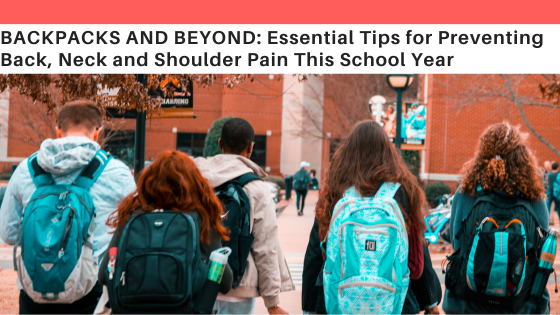Preventing Falls, and How to Get Back Up
- cara444
- Jun 5
- 2 min read

As children, we naturally explore movement and develop our balance. Walking along curbs, climbing trees, navigating slippery rocks, and playing in the sand all contribute to building crucial skills like balance and proprioception. These activities help us understand our bodies' capabilities as we interact with the world.
Proprioception, our awareness of our body's position in space, plays a vital role in balance. Receptors in our joints, muscles, tendons and ligaments of our limbs communicate that a ‘stretch’ is occurring to the brain, providing information about our body's orientation. This is a much faster feedback loop than relying on vision to interpret that we are starting to lean or trip. The faster the loop the less likely that we fall.
During rapid growth periods, like puberty, this communication can be disrupted. Limb length changes faster than the brain can adapt, leading to clumsiness. Think of the "awkward phase" – it takes time and practice to regain coordination as growth slows and the brain recalibrates. Similarly, injuries can also disrupt this brain-limb communication.
As we age, a fear of injury and a decreased willingness to experiment with movement and challenging environments can hinder our ability to maintain those connections that are essential proprioceptive communication. This can lead to a loss of balance, confidence and a reliance on avoidance of unstable or uneven walking surfaces This will typically progress to the use of assistive devices to help us navigate more challenging scenarios and flat even terrain as well.
So, how can you regain your confidence for challenging terrain?
It's crucial to follow a progressive exercise plan that gradually increases the challenge without risking falls or injury. The first step is to find a safe environment to practice challenging movements and positions. Practicing balance in a pool is an excellent starting point. The water's support and pressure minimize fall risk. Once balancing on one foot and moving in the water becomes comfortable, you can transition these skills to progressively shallower water and then to land.
Regaining balance and preventing falls is achievable with consistent practice and a safe, structured approach. If you're concerned about your balance or at risk of falling, consult your local physiotherapist. They can provide a personalized assessment, develop a tailored exercise program, and offer valuable education to help you regain confidence and navigate your world safely. Don't let fear hold you back – take the first step towards better balance today

.png)
.png)



Comments